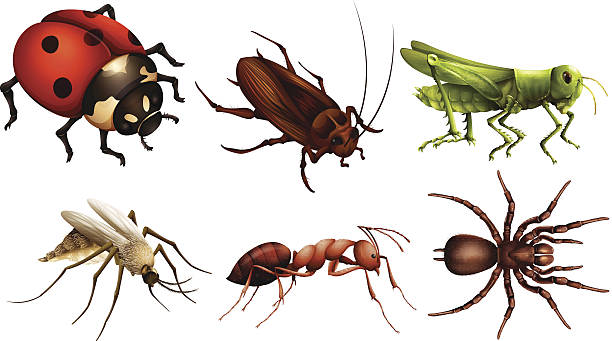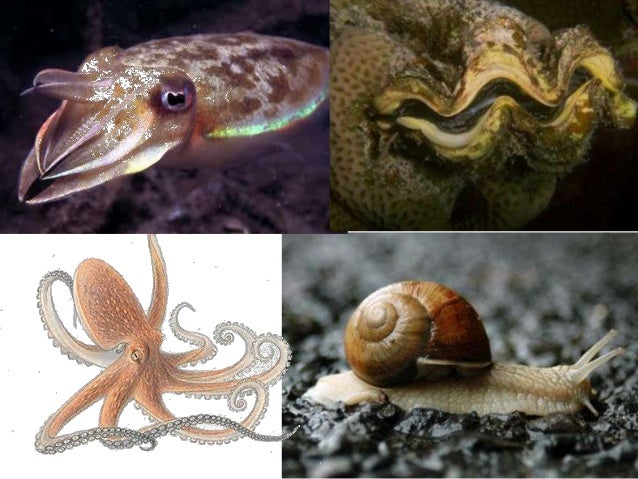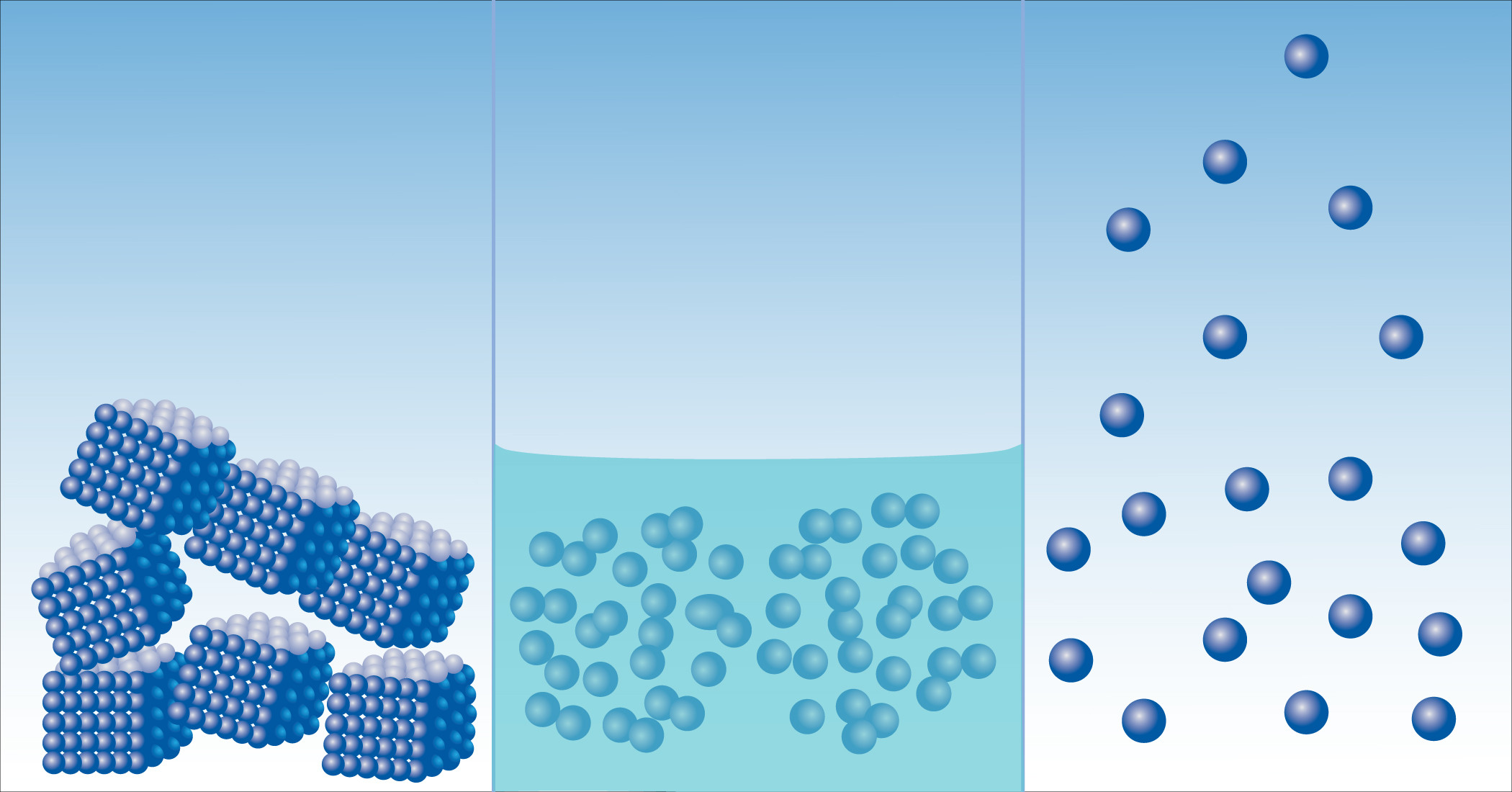What part of the plant makes the seeds?
The flower makes the seed.
 These group of vertebrate have fins to swim and gills to breathe in the water?
These group of vertebrate have fins to swim and gills to breathe in the water?
Fish
How many legs does an insect have?
It has 6 legs.
 This property of matter describes how cold or hot an object is.
This property of matter describes how cold or hot an object is.
Temperature
 How do flowering plants reproduce?
How do flowering plants reproduce?
By making seeds.
These vertebrate animals have dry, scaly skin. They are also cold-blooded.
Reptiles

Exoskeleton
These are changes in the shape or state of an object. For example: melting of ice cream and slicing bread.
Physical changes
It is the process in which bees or humming birds carry pollen from one flower to another flower to make seeds.
Pollination
How do mammals reproduce?
They give birth to live young.
Mention three examples of arachnids.
Scorpion, spider, and tick.
This happens when the composition, odor, or taste of an object changes./burninglogs-58dd324c5f9b584683b72ea0.jpg)
Chemical Changes
 How do nonflowering plants reproduce?
How do nonflowering plants reproduce?
By making spores
 What group of vertebrate animals (mammals, birds, fish, amphibians or reptiles) do not lay eggs?
What group of vertebrate animals (mammals, birds, fish, amphibians or reptiles) do not lay eggs?
Mammals do not lay eggs. Exception: platypus
These invertebrate animals have a soft body and some may have a hard shell. Examples: snail and octopus.
Mollusks
 Mention the four states of matter.
Mention the four states of matter.
Solid, liquid, gas, and plasma
What are the three ways in which seeds are scattered in the environment?
Seeds can be scattered by animals, air, and water.
 To which group of vertebrates do whales and dolphins belong?
To which group of vertebrates do whales and dolphins belong?
Even though they look like fish, Whales and dolphins are actually mammals.
These invertebrate animals have a soft body and many legs. Example: centipedes
Myriapods
It is the amount of matter in an object.
Mass